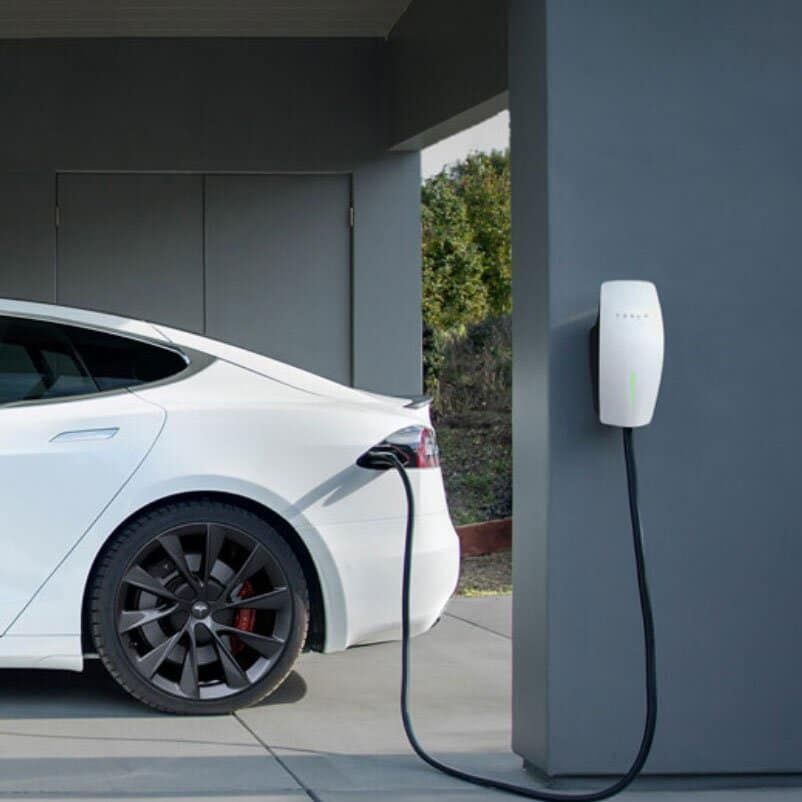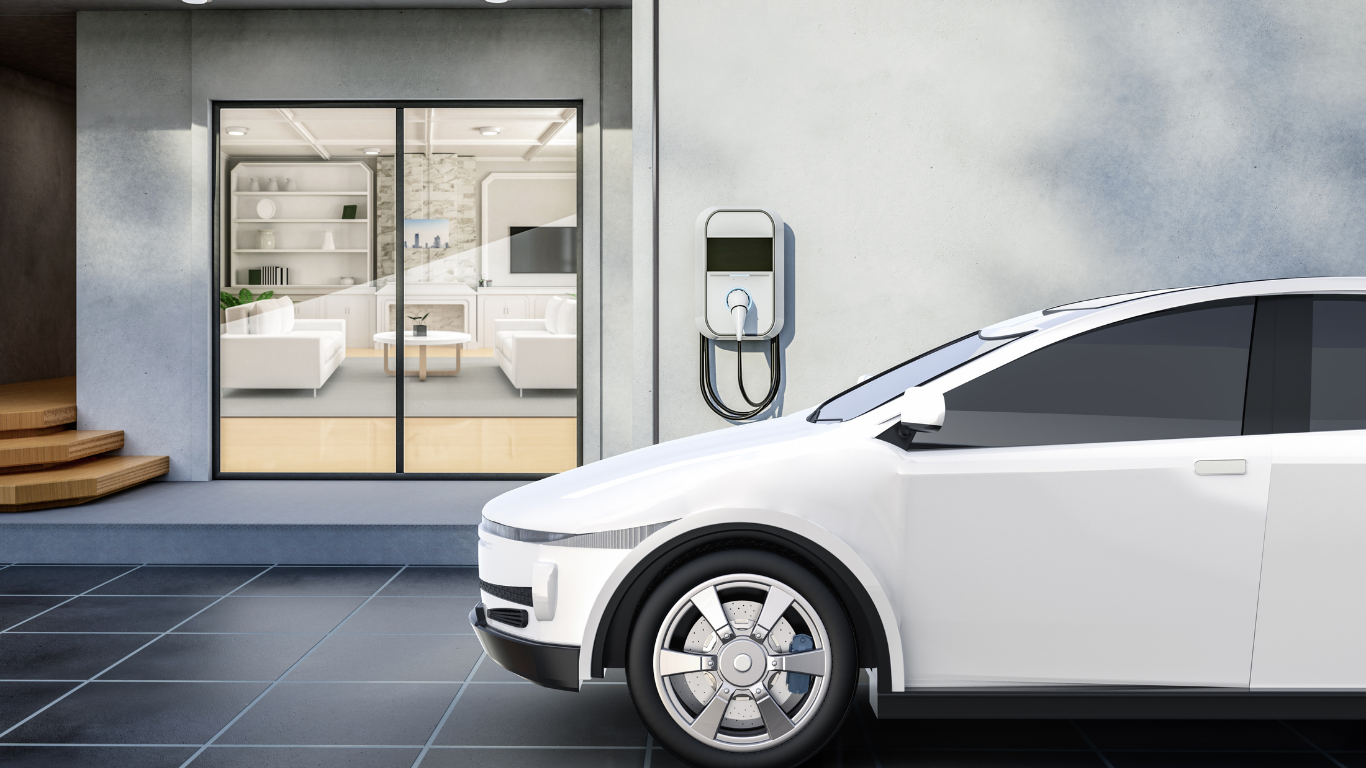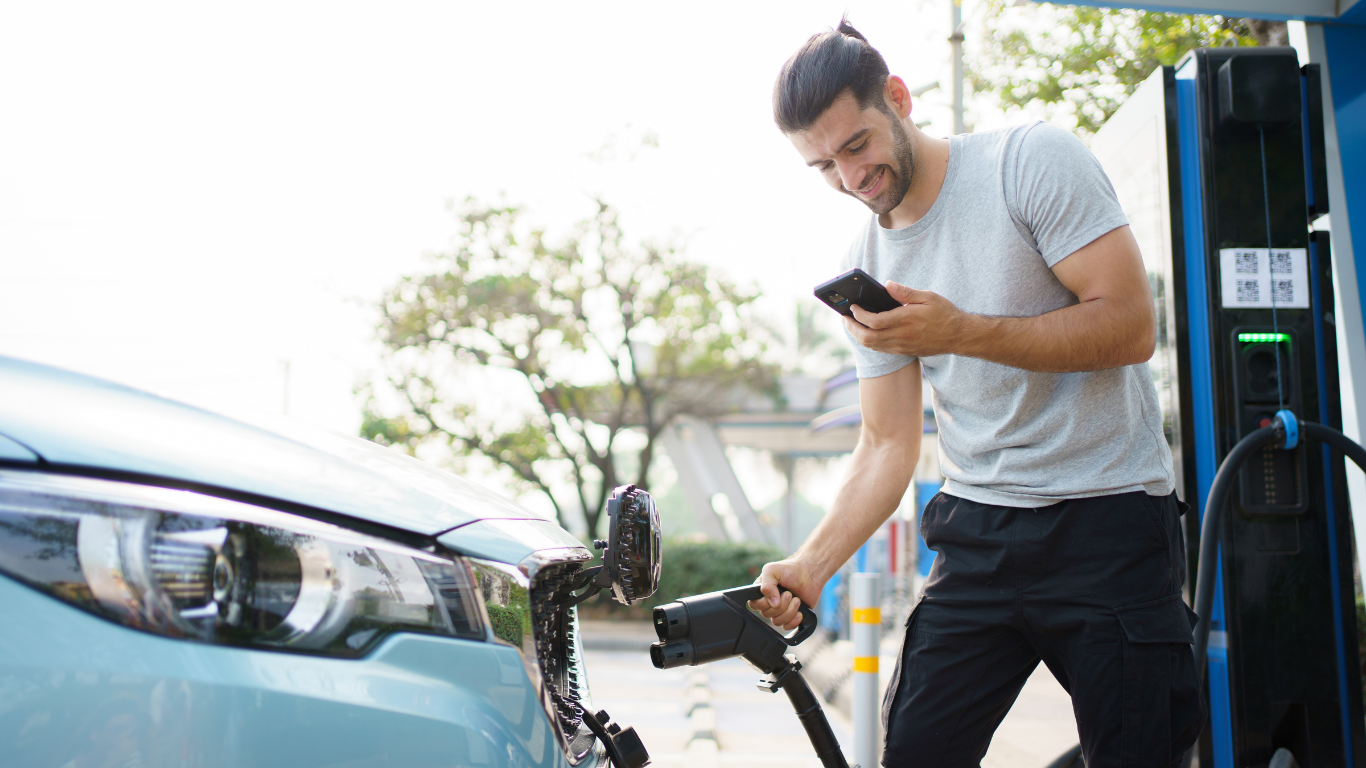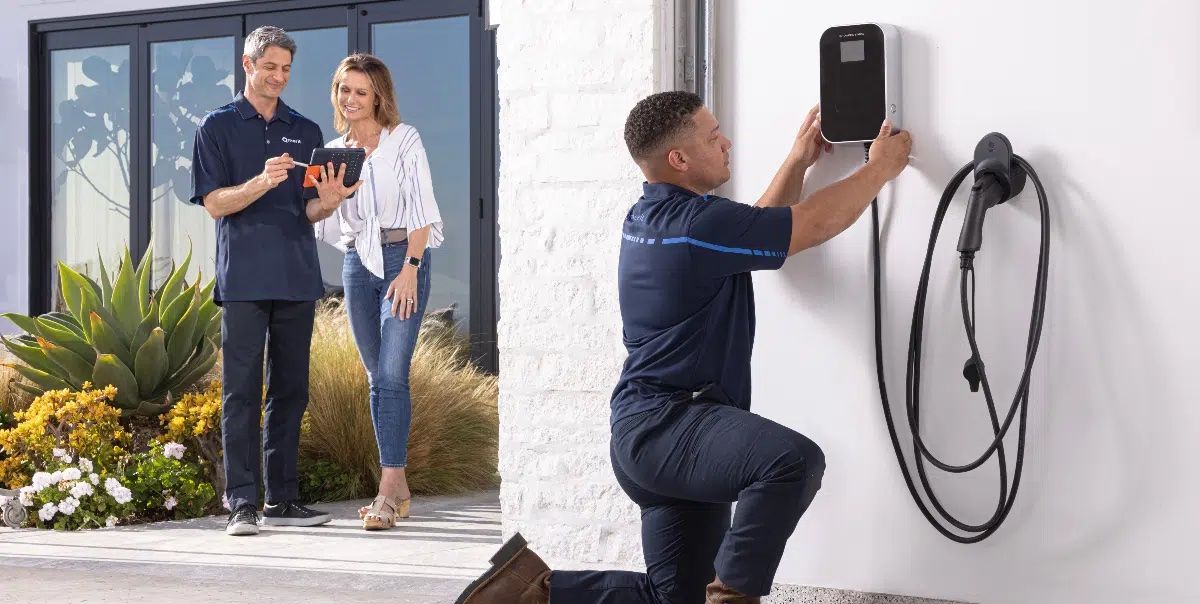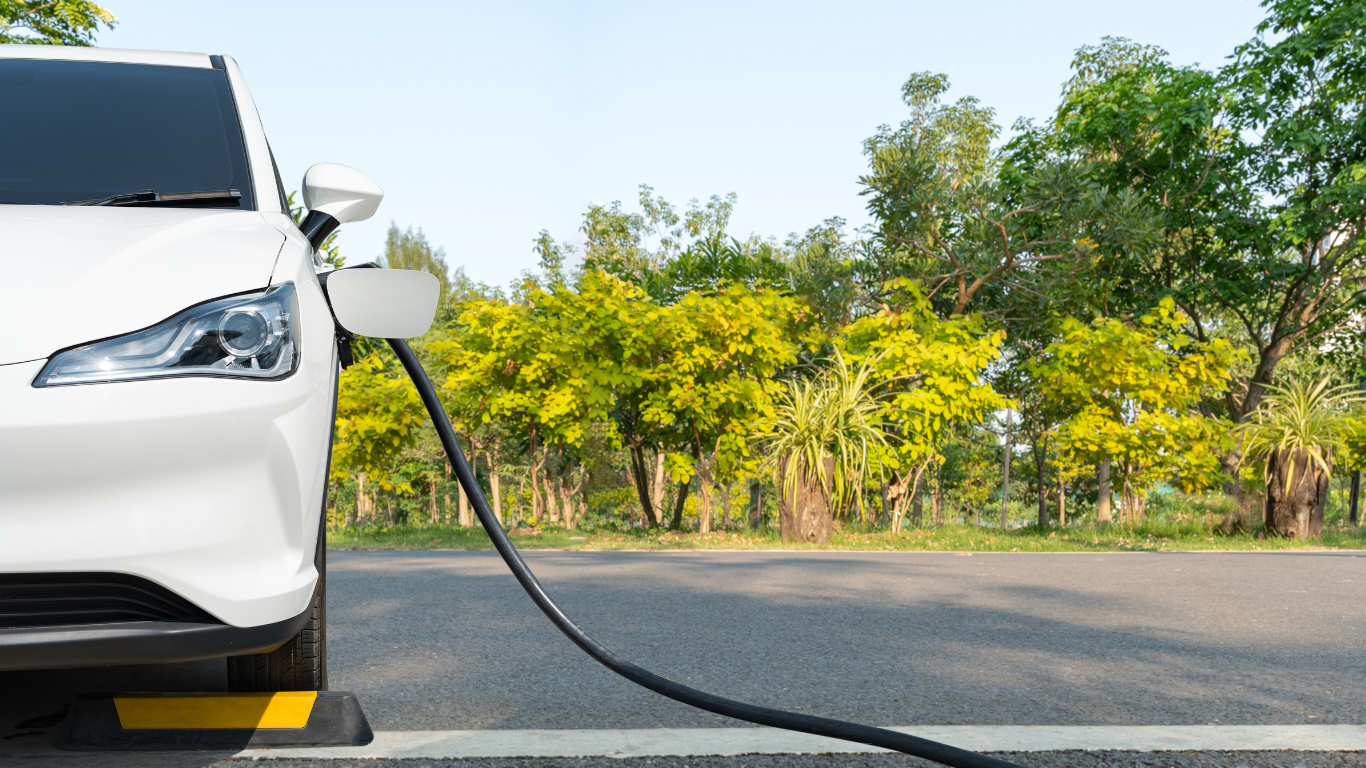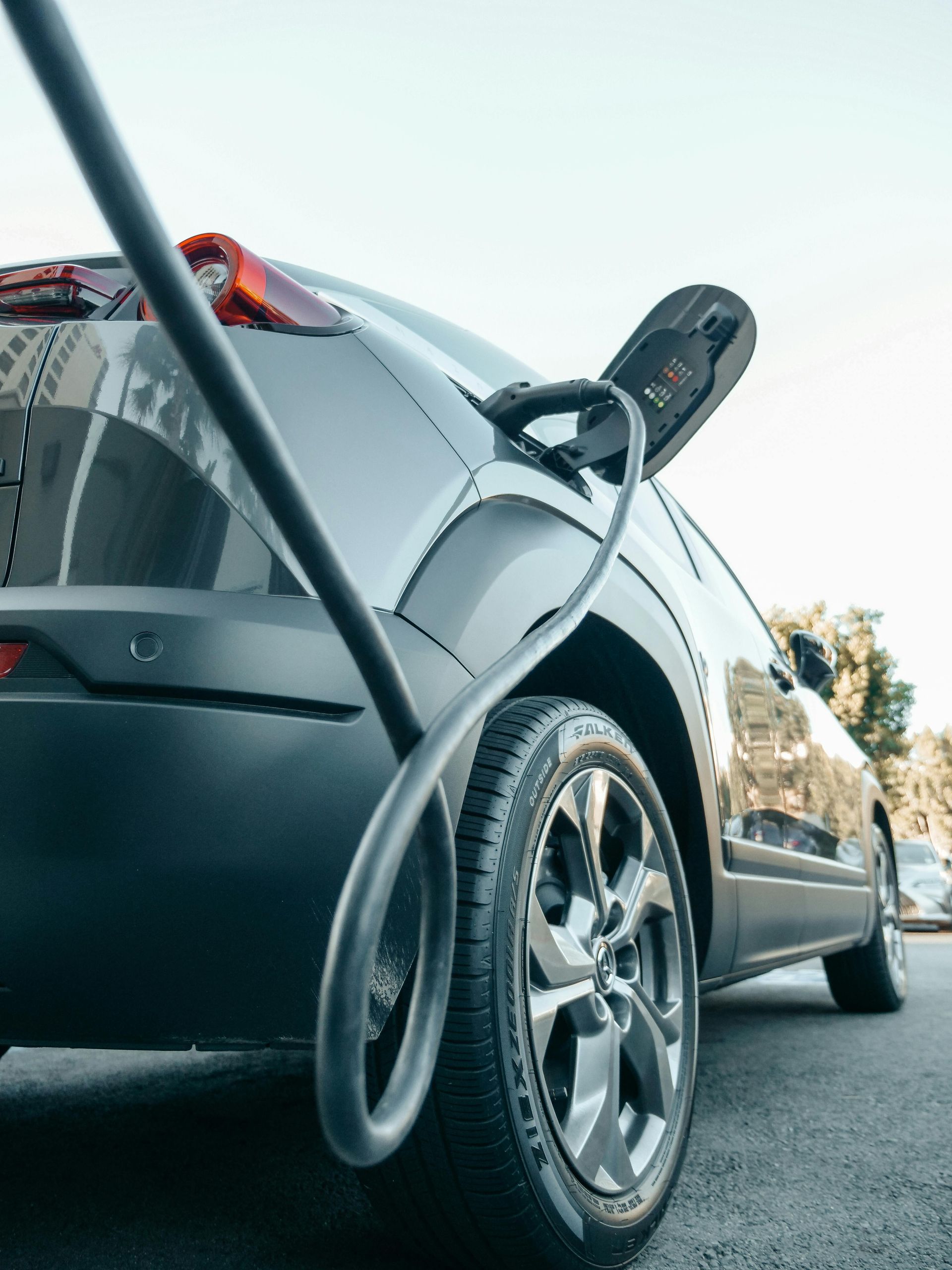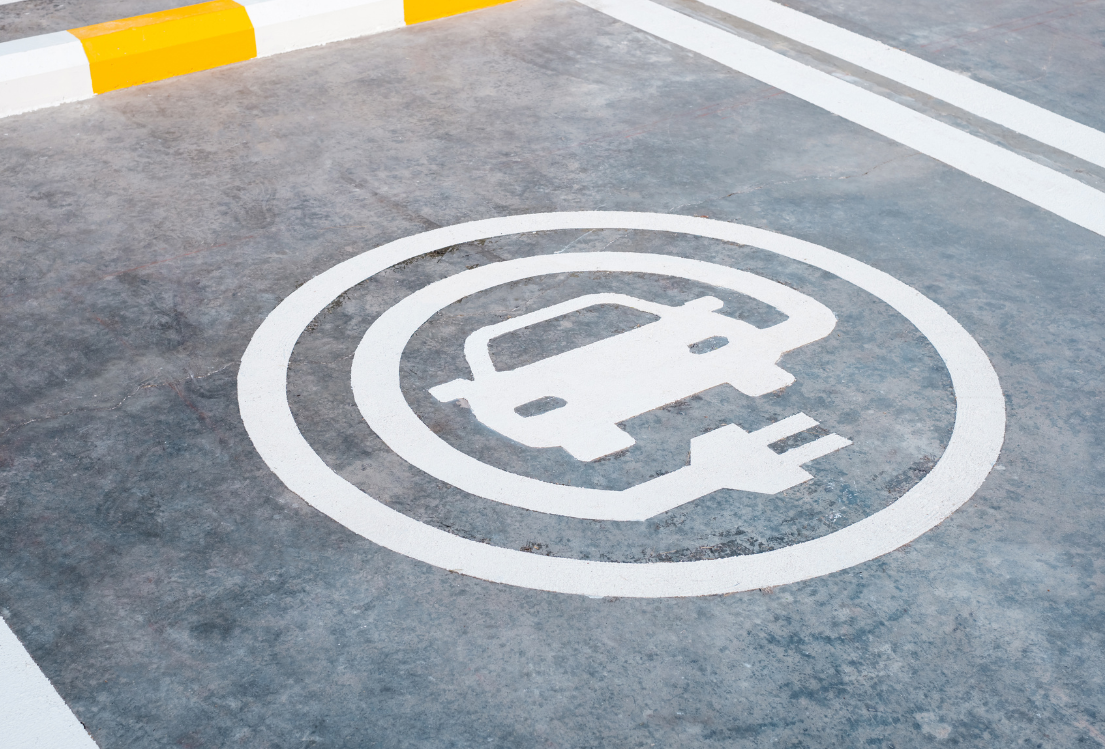How to Prepare Your Home for an EV Charger Installation
Essential Steps to Prepare Your Home for an EV Charger Installation.

Table of Contents
Introduction
As electric vehicles (EVs) continue to grow in popularity across Canada, many homeowners are preparing to install EV chargers in their homes. While having a dedicated EV charger offers significant convenience and cost savings, the installation process requires careful planning and consideration. Preparing your home for an EV charger installation goes beyond simply purchasing the charger itself—it involves assessing your electrical system, choosing the best location, understanding permits, and ensuring safety and compliance.
In this guide, we’ll walk you through the key steps to prepare your home for an EV charger installation. From evaluating your electrical panel to selecting the most convenient spot for your charger, this comprehensive overview will help ensure that the process is smooth and efficient. Let’s dive in.
1. Assessing Your Electrical System
Checking the Capacity of Your Electrical Panel
Before you begin the installation process, one of the most important steps is to assess your home’s electrical system. EV chargers, especially Level 2 chargers, require a significant amount of power, which means your home’s electrical panel must have the capacity to handle the additional load. Most homes have electrical panels with 100-amp, 200-amp, or even larger capacities, but not all panels are equipped to support an EV charger without upgrades.
To determine if your home’s electrical panel can support an EV charger, you’ll need to calculate the total electrical load your home uses and ensure there’s enough capacity left to accommodate the charger. This is particularly important if your home already has high-energy appliances, such as air conditioning units, electric stoves, or hot tubs. If your panel is close to full capacity, you may need to upgrade it to avoid overloading your system.
Potential Upgrades for a Level 2 Charger
For Level 1 chargers, which can be plugged into a standard 120-volt outlet, electrical panel upgrades are typically not necessary. However, if you’re planning to install a Level 2 charger, which requires a dedicated 240-volt circuit, you may need to upgrade your electrical panel or wiring.
In many cases, homeowners opt to upgrade to a 200-amp panel to ensure there’s enough power to support the EV charger, along with other electrical needs in the home. The cost of upgrading an electrical panel can vary, but it’s an important investment to ensure the safe and efficient operation of your charger.
2. Choosing the Right Location for the Charger
Distance to Parking, Accessibility, and Convenience
When preparing your home for an EV charger installation, the location of the charger is a critical factor to consider. Ideally, the charger should be installed as close as possible to where you park your EV. This minimizes the length of the charging cable, reducing potential hazards and making it more convenient to plug in your vehicle.
In addition to proximity to your parking space, you’ll want to consider accessibility. The charging station should be easy to access, and the cable should be long enough to reach the vehicle without straining or creating tripping hazards. Many homeowners choose to install chargers inside their garage, but outdoor installation is also possible with weatherproof equipment.
Indoor vs. Outdoor Installation Options
There are benefits and considerations for both indoor and outdoor installations. If you have a garage, an indoor charger offers more protection from the elements, ensuring that the charging equipment stays in good condition over time. However, outdoor installations are just as viable, provided that the charger is designed to withstand Canadian weather conditions.
Outdoor chargers are typically built with rugged, weather-resistant materials and may require a cover or enclosure for added protection. If you park your EV outside, outdoor installation can be a convenient option, as long as it’s installed in a location that’s easy to access and safe from exposure to the elements.
3. Understanding Permits and Regulations
Overview of Local Regulations
In Canada, local building codes and regulations govern the installation of EV chargers, and it’s essential to familiarize yourself with these requirements before starting the installation process. In most cases, a permit will be required for the installation of a Level 2 charger, as it involves electrical work that must meet safety standards. Your municipality may also have specific requirements for outdoor installations or wiring upgrades.
Failing to comply with local regulations can result in fines or the need to redo the installation, so it’s important to ensure that everything is up to code. Consulting with a licensed electrician or contractor who is familiar with EV charger installations can help ensure that your project is compliant with local rules.
Importance of Using Licensed Professionals
Hiring a licensed electrician is crucial for ensuring that your EV charger installation is safe and compliant with local codes. Not only does this protect you from potential electrical hazards, but it also ensures that the installation is completed to the highest standards. In some cases, using a licensed professional may be required to maintain the warranty on your EV charger or vehicle.
Licensed electricians have the expertise to assess your home’s electrical system, recommend upgrades if needed, and ensure that the installation is done safely. They will also handle the necessary permits and inspections, giving you peace of mind that the installation is up to code.
4. Planning for Future Needs
Potential for Additional Chargers or Upgrades
As you prepare your home for an EV charger installation, it’s worth considering your future needs. If you plan to purchase additional electric vehicles or upgrade your current EV in the future, you may want to plan for additional charging capacity. For example, installing a higher-capacity electrical panel or wiring can make it easier to add a second charger down the line without the need for major upgrades.
Similarly, if you anticipate switching to a vehicle that supports faster charging speeds, you can future-proof your home by installing a charger that can be upgraded or replaced with minimal effort. Planning for the long term ensures that your home remains equipped to handle your evolving charging needs as electric vehicle technology continues to improve.
5. Safety Considerations
Ensuring Proper Installation for Safety and Compliance
Safety should be a top priority when installing an EV charger in your home. Improper installation can lead to electrical hazards, including the risk of fire, shock, or damage to your vehicle. To ensure safety, the installation must follow all local building codes and electrical standards.
To ensure a safe installation, here are a few critical safety considerations:
- Proper Grounding: The charger must be properly grounded to prevent electrical shock or short circuits. This is especially important for outdoor installations, where exposure to moisture could increase the risk of electrical issues.
- Surge Protection: Installing surge protection can help protect your charger and EV from power surges caused by storms or fluctuations in the electrical grid.
- GFCI Protection: Ground Fault Circuit Interrupters (GFCIs) are required for certain EV charger installations, particularly outdoors. These devices protect against electrical faults by cutting off power if a ground fault is detected, reducing the risk of electrical shock.
- Proper Cable Management: Ensuring that the charging cable is stored safely and properly managed when not in use can prevent accidents, such as tripping hazards or damage to the cable itself.
- Regular Maintenance: Once the charger is installed, it’s important to regularly inspect the charger and associated wiring for wear and tear. Look for signs of damage, such as frayed cables or exposed wiring, and address these issues promptly to maintain safety and performance.
Following these safety measures helps protect both your home and your vehicle, ensuring that your EV charger operates reliably and efficiently over the long term. By working with a licensed electrician and adhering to local codes and regulations, you can enjoy peace of mind knowing that your charger is installed safely.
Conclusion
Preparing your home for an EV charger installation involves careful planning, from assessing your electrical system to choosing the best location for convenience and accessibility. Understanding local regulations, using licensed professionals, and considering future needs are all key factors in ensuring a smooth and safe installation process.
Whether you’re installing a Level 1 or Level 2 charger, taking the time to properly prepare your home will help you enjoy the full benefits of electric vehicle ownership. By following the steps outlined in this guide, you’ll be well on your way to having a reliable and efficient charging solution in place.
At My EV Experts, we’re here to help you every step of the way. From evaluating your home’s electrical capacity to installing the charger and ensuring compliance with local codes, our team of licensed professionals has the expertise to get the job done right. Contact us today to schedule a consultation and start your EV charger installation process.

